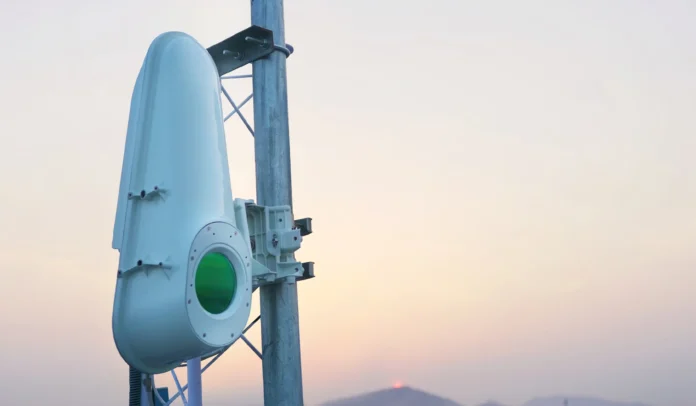Taara says its Lightbridge solution offers a flexible alternative to conventional broadband
In a significant move to expand high-speed internet access, Taara, a recent spin-out from Alphabet’s X Development subsidiary, has partnered with telecom distributor and manufacturer Digicomm International.
This collaboration aims to scale the deployment of Taara’s “fiber-over-the-air” optical communication technology, particularly the Taara Lightbridge system, across broadband providers, enterprises, and municipalities seeking reliable, high-capacity wireless connectivity. By leveraging Digicomm’s distribution expertise, Taara can reach more markets, accelerate adoption, reduce deployment time and address connectivity gaps in both urban and rural regions. The partnership also strengthens Taara’s commercial positioning and supports broader digital equity initiatives.
Taara Lightbridge employs a sophisticated system of mirrors, sensors, precision optics and hardware to steer beams of light, effectively transmitting data through the air. This technology is designed to deliver fiber-like internet speeds — up to 20 Gbps — over distances reaching 20 kilometers. Such capabilities make it an ideal solution for areas where laying traditional fiber-optic cables is challenging or cost-prohibitive
The company claims that the system offers a flexible alternative to conventional broadband solutions and its design allows for rapid deployment and scalability, addressing the connectivity needs of diverse environments, from urban centers to remote regions.
Through its partnership with Digicomm International, Taara aims to broaden the reach of its Lightbridge technology, and believes that Digicomm’s extensive experience in telecommunications distribution and manufacturing positions it as a valuable ally in bringing the optical solutions to a wider market.
Earlier this year, Taara demonstrated a silicon photonics chip capable of transmitting high-speed data through the air. This device utilizes an optical phased array to steer, track, and correct light beams with high precision, representing a significant advancement over traditional methods employed by the Lightbridge system. The company anticipates incorporating this technology into its next product launch in 2026, further enhancing the performance and adaptability of its wireless communication solutions.
In March, Taara “graduated” from Alphabet’s X’s Moonshot Factory as an independent company. The company’s CEO Mahesh Krishnaswamy wrote in a blog post:
“[T]he journey to becoming a company has been a series of adventures. Inspired by Loon’s breakthrough work establishing connectivity between two stratospheric balloons, our philosophy building Taara has always been to take technology out of the lab and test it with partners to learn as quickly as possible. From beaming connectivity over the world’s deepest river, to deploying in densely populated neighborhoods, every pilot project and every partnership has helped bring us closer to overcoming the stubborn connectivity gaps that prevent nearly 3 billion people from accessing the internet.”
Drones and disaster recovery: Vodafone’s Skyborne pilot
Taara’s use cases aren’t limited to terrestrial deployment. In February, the company teamed up with Vodafone in the U.K. on aerial connectivity using drones equipped with Taara nodes to quickly restore communications after disasters. The drones can hover over areas affected by natural disasters, establishing temporary high-capacity links without the need for functioning ground infrastructure.
The Taara nodes were mounted on drones and re-established service by sending high-throughput light signals to fixed receivers. Vodafone sees this as part of a broader toolkit for emergency connectivity, complementing satellite and microwave links with higher capacity and greater reliability under the right conditions.
The partnership between Taara and Digicomm International signifies a pivotal step toward expanding global internet access, particularly in regions where traditional infrastructure is lacking or difficult to implement. By providing a scalable and efficient alternative to fiber-optic networks, Taara’s wireless optical communication technology has the potential to bridge the digital divide, fostering greater inclusion and economic development.

